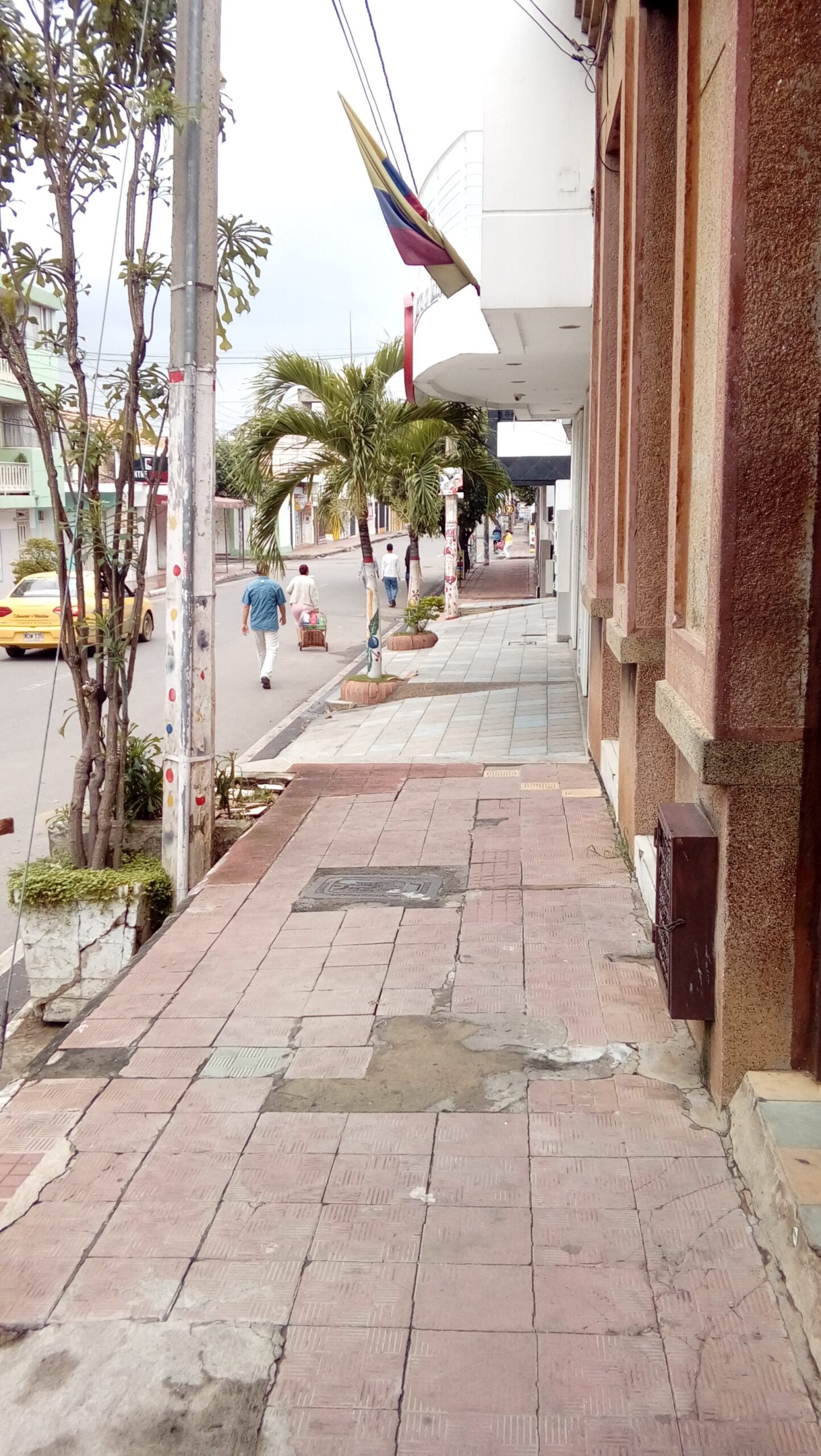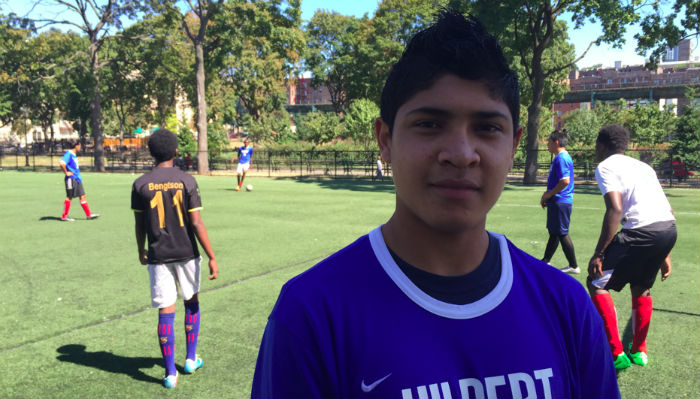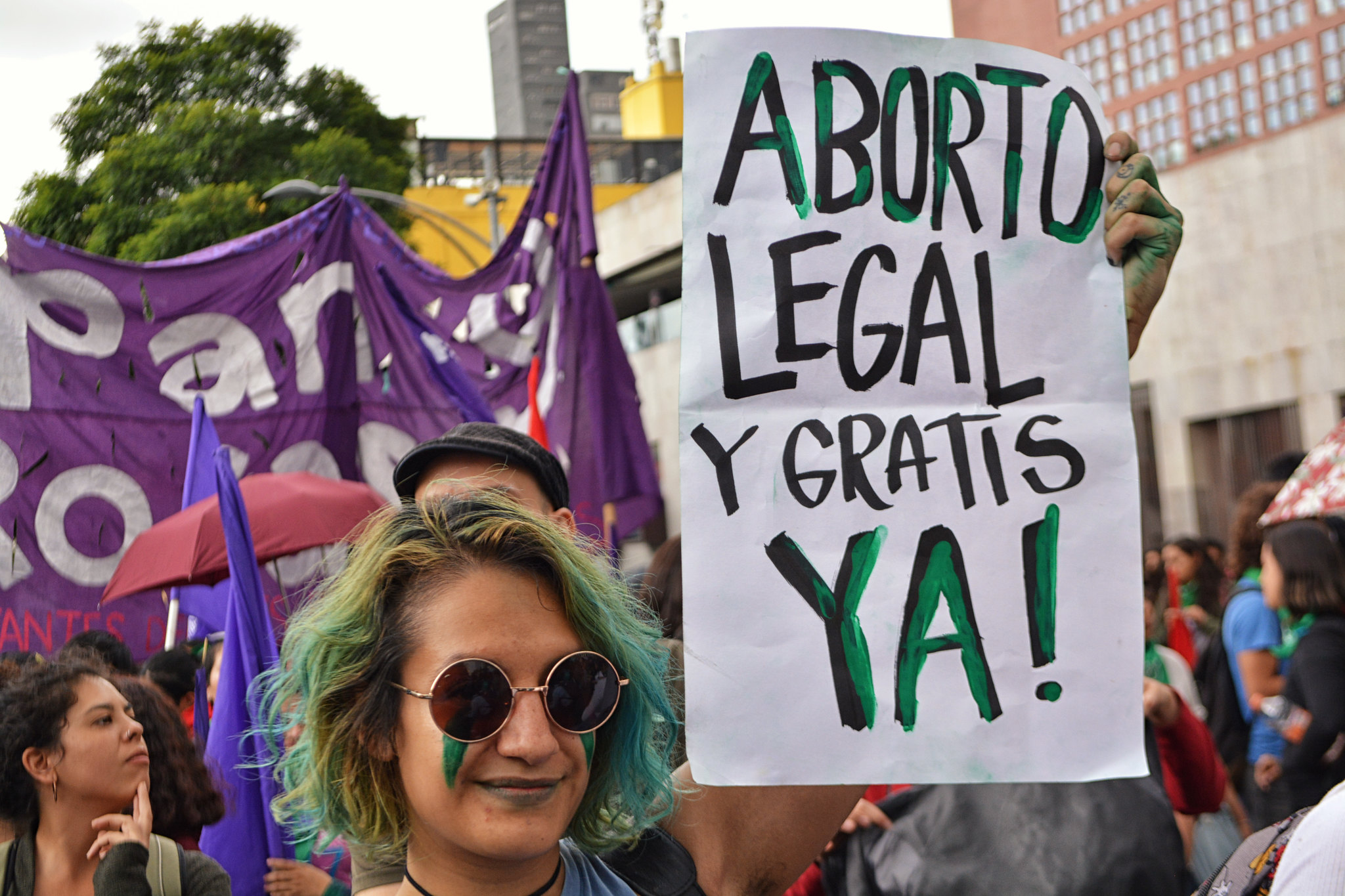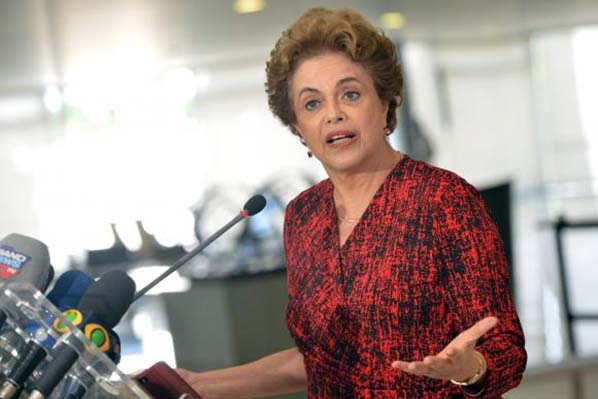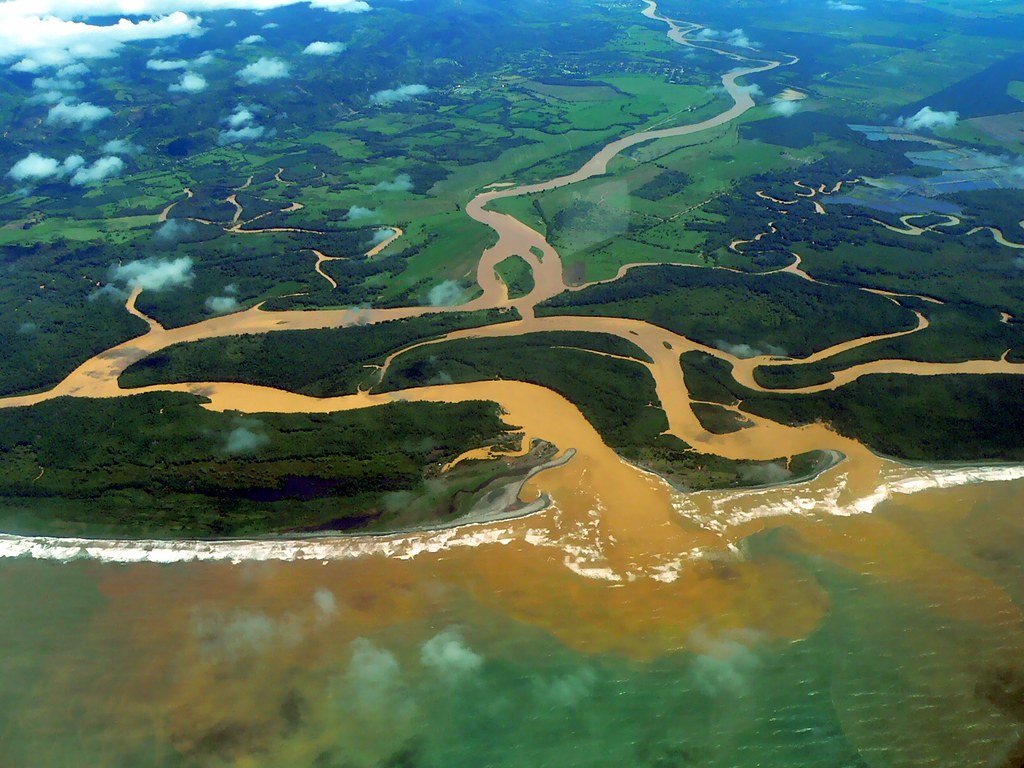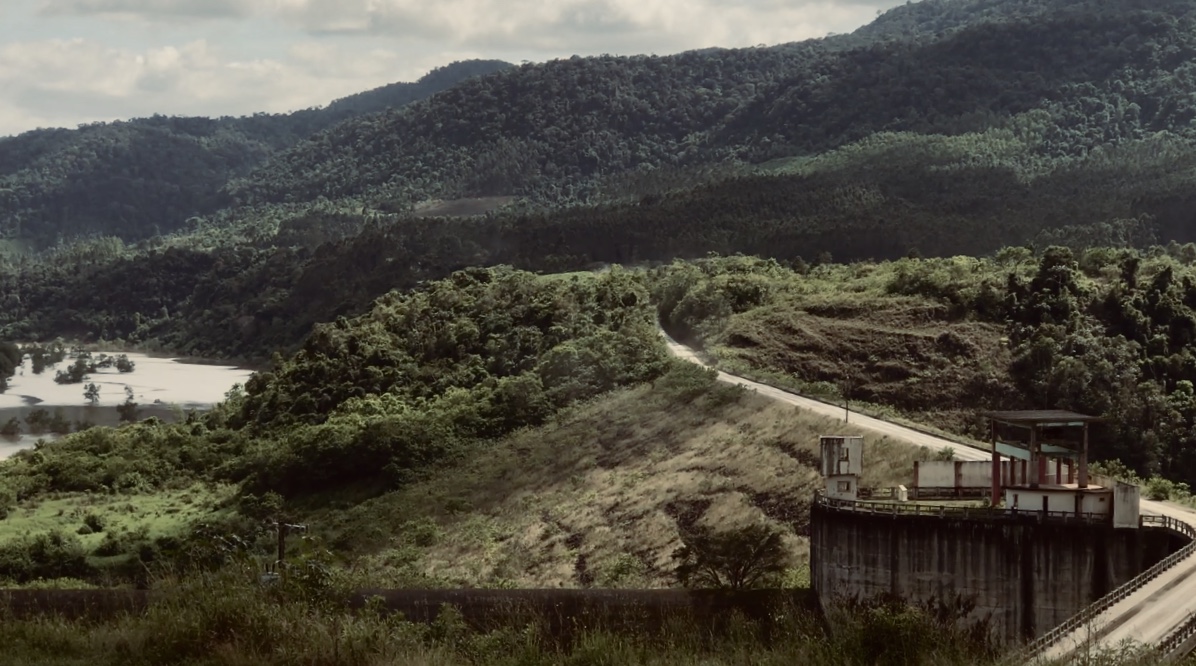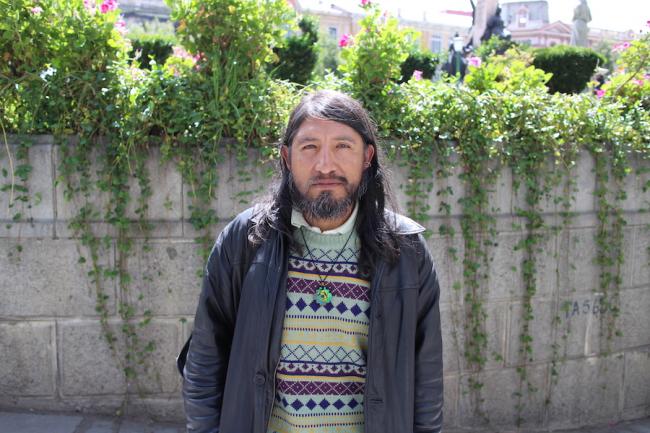
Andes, Bolivia, Dispatches, Features
State Violence in Áñez’s Bolivia: Interview with Human Rights Lawyer David Inca Apaza
May 29, 2020 By bendangl
This interview is republished from the North America Conference on Latin America (NACLA).
Pigeons flew around the sunny Plaza Murillo in La Paz, Bolivia as I walked toward human rights lawyer David Inca Apaza. Inca, with a beard, long hair, and leather jacket, stood in the shadows of the nearby presidential palace. After we greeted each other, he scanned the plaza and suggested we go to a nearby café for the interview. He was being watched by government officials, he explained, and wanted to be in a safe place where we could talk freely.
Bolivia was living in a climate of fear on that day of March 12, 2020. The surveillance of Inca was part of a national government effort to crack down on dissent and critics. This politics of vengeance defines the Jeanine Áñez government, which came to power through a coup against President Evo Morales and the Movement Toward Socialism (MAS) administration on November 12, 2019. Hundreds of political opponents have been thrown behind bars since Áñez took office. Such efforts have continued alongside the state’s squashing of dissent during the pandemic.
After we settled into our seats toward the back of a café, Inca discussed human rights violations under Áñez—specifically the state massacre in Senkata in El Alto, Bolivia on November 19 of last year. Inca, a human rights activist and advocate since the early 1990s, represents the families of the victims of the massacre. In this interview, he offers a chilling overview of the culture of state violence following the coup and the protests and events surrounding the Senkata massacre.
“There’s a silence in the face of this coup,” Inca explained. He lamented the lack of social movements protesting the Áñez government due to a fear of repression. “Those who did protest back then are now dead. The government made it very clear that no mobilizations were going to be allowed because there would be bullets.”
Benjamin Dangl: What were the Senkata protests about on November 19, 2019 the day of the massacre? What were the demands?
David Inca: At that time they were protesting against what had already been called a coup d’état. And they were demanding Áñez’s resignation, also against [Luis Fernando] Camacho, one of the leaders of the Santa Cruz business elite.
On the morning of November 19, military and police forces carried out this operation and more than 20 tanker trucks departed from the YPFB (gas plant in Senkata). There were no conflicts in the morning. The tanks arrived at La Paz and they didn’t go to the popular areas of La Paz, they went directly to the Armed Forces facilities. Others went to the south, where the wealthiest classes live.
In the afternoon, the people went out and started mobilizing. The government showed to the national and international public that right when the tanks were leaving the plant, the people went out and protested, so that they were putting their own lives at risk and also the lives of the protestors.
It’s necessary to say clearly that that wasn’t true, since the confrontation didn’t happen when the tanks were leaving YPFB. More than an hour went by, or an hour and a half, before the people came out, not the entire population of the area, but only those organized by MAS [party], that is, their militants.
As time went by, we had the first dead, hit by a bullet, and that’s what was being broadcast by the media, and also through cell phones. It was impossible to hide it.As time went by, we had the first dead, hit by a bullet, and that’s what was being broadcast by the media, and also through cell phones. It was impossible to hide it. The image, in front of the wall, is seen by people. That’s the trigger that made more people go out and protest. But this time it wasn’t only [MAS party] militants.
At first, to give you an idea, there weren’t more than 50 militants probably from the MAS. But after the first death, made public, the people come out, not convened by MAS. And they don’t protest against YPFB, but as a result of the death and the indignation it caused. They protested that brother’s death.
As a result of the events of that day we had 10 dead. But there were more people wounded. Due to the relation they still had with the countryside, they returned to their communities. Why? Because right on that day, on November 19, 20, and 21, the Minister of Government, [Arturo] Murillo, announced (and still says to this day) that everyone who mobilized [in Senkata] were terrorists, rioters, a mob, violent, drunks, and that they would be detained and imprisoned.
So many people feared that, and didn’t go to the clinics or hospitals to be seen by a doctor—they chose to go back to their communities. There’s still a link between the city and the communities, which is their parents’ house. Many of the wounded went back to their communities, also because there were problems at the hospitals.
I can also say that many of the wounded were tortured inside the hospitals. The doctors have a very class-based criteria. Most of them—not all, but some—are very racist, because they were part of the CONADE [National Committee for the Defense of Democracy, organizing against the Morales government] last year, and this year too.
They were in favor of ousting Evo Morales, but not because of him. Here the issue is that they were against the Plurinational State [established by the MAS]. That is, the Republic has not forgotten, hasn’t forgiven the Plurinational State for having defeated it. And what happened in November is the return of the Republic, and the attempt to make the Plurinational State disappear.
Many of the doctors have a republican notion of authoritarianism—they think they are the only people with knowledge. In other words, they are discriminatory to their core. So, they didn’t automatically attend to the wounded at first. They didn’t fulfill their Hippocratic Oath. They only attended to the wounded after 15 or 20 minutes, half an hour of suffering. They gave them stitches without anesthesia, they applied pure alcohol to the wounds. They mistreated them because they had gone out to protest, to march, to blockade. So, they told them they should have Evo Morales cure them. And the majority of the injured suffered that treatment.
What has been confirmed is that the doctors behaved this way in the majority of the hospitals and clinics in El Alto and La Paz. I witnessed how, in the Hospital Holandés in Ciudad Satélite [in El Alto], there were two young people and other residents who wanted to help a patient when a doctor appeared and told them to leave and not attend the patient, and that if they did they would be disqualified in their grades.
The two young people left, practically with tears in their eyes since they could not help. And the other doctor was undaunted, like a statue. He just watched. He showed no sympathy to the person asking for help who was saying “Help me, it hurts, heal me.” No, nothing, he simply told him to wait his turn. In other words, a complete lack of humanity.
The majority of those detained since November 11 have also been subjected to torture. This has not been explained in much detail, but it has been recorded to a certain degree.
So that is what I can tell you about what happened during the conflict that day. The people going out were not from the [MAS] political party. It was the population requesting that their demands be met and responding to the images of the wounded. Then the army used its weapons, the police used their weapons, helicopters went out, planes went out. The planes started flying low, circling near the ground as a threat, and the helicopters started launching tear gas, and then they started shooting from the helicopters. For many of those who suffered head wounds, the trajectory of the impact goes from the top down.
BD: Then, when they marched with the coffins of the victims from Senkata on November 21, carrying them down to La Paz, why did they march? What were the demands and goals in that moment? How did the government respond?
DI: The idea was to demonstrate to the city of La Paz the result of the military and police repression. Because during that whole night and day, the government continued claiming that it was a clash between Alteños—that they fired among themselves. And second, that they was a group of terrorists and that they wanted to blow up the YPFB plant. They justify those people’s deaths saying the military and police were only protecting everyone’s lives.
But the population has a different perception and says it is time to show the world and the people of La Paz and the press the consequences of this government that has supposedly recuperated democracy at the cost of 10 deaths.
They carried out the march in the neighborhood in which groups, campesinos, and representatives of social organizations participate, helping and taking part in that march.
They arrived to La Paz around 3 PM. Around 4 PM, the repression started. The army didn’t care that there were widows and children there. At first, the police let the march go by—it was the army that started to repress with tear gas, and very brutally. There you really see the malice and the contempt for the widows, the wounded— for the people.
The transition government wants pacification when and only when it takes place according to their terms.What does that attitude show? The transition government wants pacification when and only when it takes place according to their terms. That what they understand about democracy, and what they understand about dialogue, is based on their criteria, meaning only when the dead and the wounded are not shown. I was also there for that moment of repression. They still have that attitude toward the families of the injured in El Alto.
That is what they wanted to show with the march, that the young man who died or the other person was killed, is not alone. That is what they wanted to demonstrate and to show—that they are innocent people, that they are not from the MAS party, because many died totally innocently.
Of those who were on the front lines, throwing rocks, shouting, protesting—not one of them died. Those who were killed were people who were not directly involved in the confrontation, they were just passing by. A father who was going to buy a zipper for a jacket, a young person going to the university to study. We have one who was a student at San Andrés University, and San Andrés University also has not come out in support of one of its students, because he was an Alteño, and therefore “a terrorist, a traitor.” There was a young man who was talking to his aunt and was shot in the head. There was a young man who was working and delivering refreshments and was hit by a bullet. There was a young man going out to buy bread and dies. A young man going to pick up his paycheck who also died.
And all of them, the majority of those youth, are fathers who have left young children, who are 3-4 years old. And that is the government’s responsibility. So, what are they showing us? The motive of that march was primarily to show the world that there was a massacre. They can’t cover their eyes to that reality.
The interview was conducted in Spanish and has been edited for length and clarity. Interview translated from Spanish by Nancy Piñeiro and Liz Mason-Deese.
